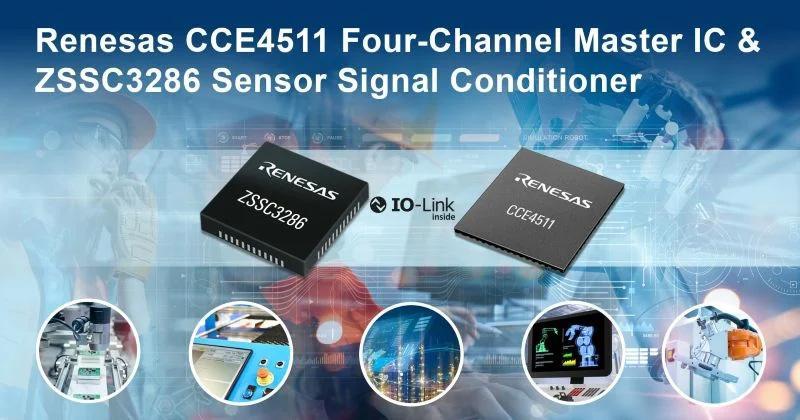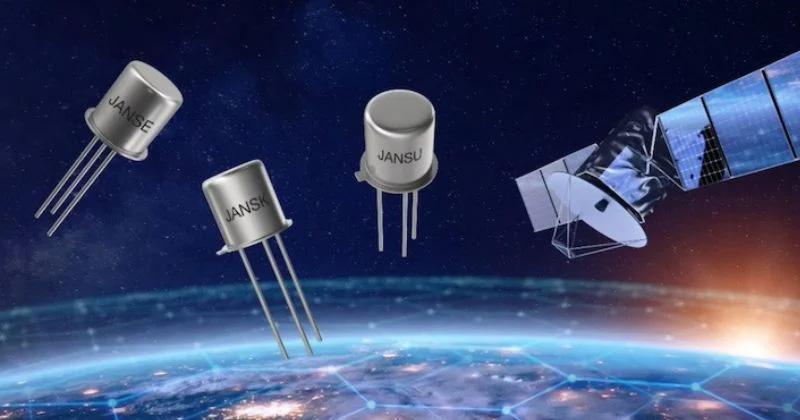
Toshiba Launches Auto CXPI Responder Chip With Built-In Logic Hardware
Toshiba recently announced that it will begin sampling a new CXPI-optimized responder interface IC for automotive applications. Standards like the Clock Extension Peripheral Interface (CXPI) respond to the push toward smarter, lighter, and more responsive automotive systems.
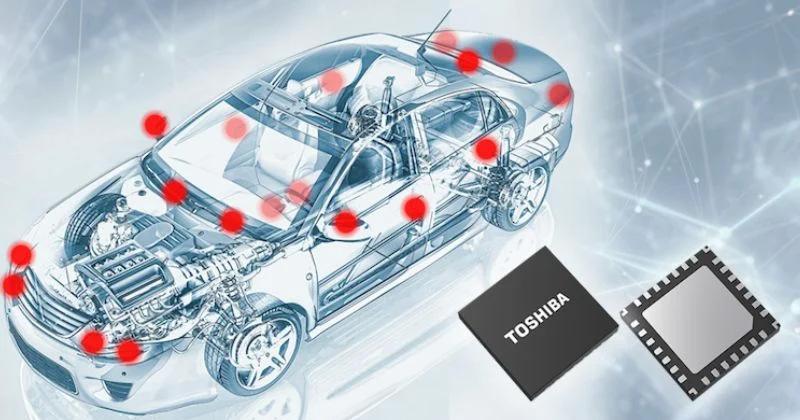
The TB9033FTG.
The new TB9032FNG is a highly integrated driver receiver IC that acts as a driver and receiver for CXPI signals, enabling communication between various electronic control units (ECUs) within a vehicle's body control systems, such as steering wheel switches, meter clusters, and door locks.
Toshiba's New Driver Receiver IC
Built on Complementary Diffused Metal Oxide Semiconductor (CDMOS) technology, the TB9032FNG operates over a wide voltage range of 7 V to 18 V while also interfacing with microcontrollers at 4.5 V to 5.5 V. It supports a maximum data rate of 20 kbps.
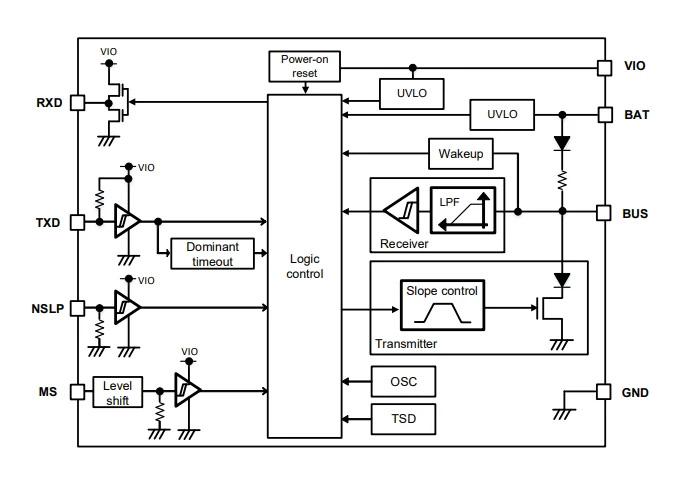
TB9032FNG block diagram
One of the TB9032FNG's main features is its fault detection capabilities. These include overheat detection with a threshold junction temperature of 150°C, undervoltage lockout (UVLO) for both BAT and VIO lines, and a dominant timeout feature that prevents bus contention.
The chip also supports multiple modes of operation, including sleep mode for power conservation and wake-up transmission mode to resume communication quickly when necessary. In sleep mode, the IC's power consumption is significantly reduced, drawing as little as 5 μA from the BAT pin as opposed to 10 mA under normal operation.
The CXPI Standard
CXPI is an advanced automotive communication standard formally recognized under ISO 20794. Designed to optimize automotive sub-networks, CXPI addresses the limitations of traditional communication protocols, like the Local Interconnect Network (LIN), by providing a more efficient and responsive system.
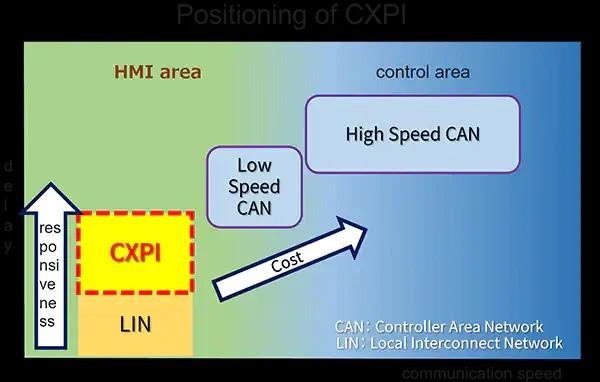
CXPI positioning
CXPI operates through a multiplex communication method that enables two-way data exchange between a commander node and multiple responder nodes. Unlike LIN, which relies on periodic transmissions initiated by the commander, CXPI enables both the commander and responder nodes to initiate communication.
The standard also supports large-capacity data transfer and high-speed response, which are vital for handling the complex data streams generated by today’s advanced automotive systems. Additionally, by reducing the wiring harnesses, CXPI helps decrease vehicle weight.
Evolving Automotive Communications
As modern cars integrate more electronic control units (ECUs) for various functions like body control, steering, and safety systems, robust, high-speed communication protocols are becoming more necessary. Adopting standards like CXPI is part of an effort toward smarter and more streamlined vehicle networks. As these technologies mature and are supported by solutions like Toshiba’s TB9032FNG, they may lead to automotive networks that are more resilient and adaptable.



